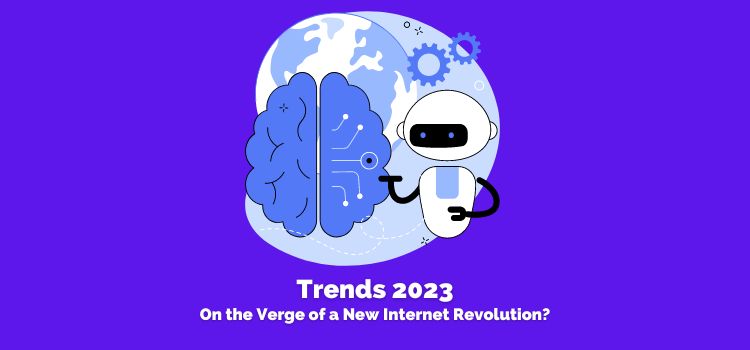According to free essay writer online report, ESET America’s Research team analyzed three cybersecurity trends that we should pay attention to in the short and long term.
Every end of the year is a time to take stock and think about what we expect for the coming year, and ESET has started to reflect on what the cybersecurity trends for the coming year may be, and also in the long term.

The truth is that cybersecurity is a very dynamic area in which events are constantly occurring that often cannot be analyzed in isolation, and which are also linked to other aspects of life, such as war, the evolution of technology, new social and financial habits, or even new projects that promise to change the paradigm of the Internet as we know it today, as is the case of the metaverse and Web 3.0.
In this scenario, the ESET America Lab team prepared Trends 2023: a series of three articles in which ESET specialists explain three trends that we can expect for the future in the field of cybersecurity.
➤ Attacks on critical infrastructure
Attacks on critical infrastructures are not new. For several years now we at ESET have been investigating the activity of APT groups responsible for cyber-attacks targeting power plants and other types of critical infrastructure, as well as attacks by cybercriminal groups pursuing economic interests.
What happened in 2022 is that with the geopolitical conflict between Russia and Ukraine, destructive malware campaigns targeting critical organizations in Ukraine began to be detected. And this happened several times in attacks that deployed different types of malwares that had not been documented.
On the other side of the world, ransomware attacks on government agencies in the USA saw significant activity in 2022. In Costa Rica they caused the government to decree a national emergency with several public services affected.
➤ Artificial Intelligence and Machine Learning
The adoption of Machine Learning and Artificial Intelligence is growing and we see this more and more frequently in everyday life, with applications and services that use this technology for authentication via facial recognition, through the suggestion of series that we might like based on what we saw, to the detection of malicious code in the security solutions used by organizations.
While projections show that adoption will continue to grow, there is also increasing interest on the side of malicious actors seeking to take advantage of these technologies and their vulnerabilities.
The most common example is deepfakes. In 2022, several cases were recorded in which they were used to impersonate personalities such as Elon Musk, the CEO of Binance or the CEO of FTX.
➤ Web 3.0, Metaverse and Cryptoassets
In the last few years the Internet has been revolutionized by cryptoassets. But other projects that promise to continue revolutionizing the virtual world, such as Web 3.0 or the metaverse, seem to be moving forward.
In the case of the metaverse, companies such as Meta, Google and Microsoft are already working on their own virtual world projects to which people will be able to connect through special devices to spend time interacting in an alternative reality. According to Bloomberg, this is the next big technology platform that has the potential to become an $800 billion industry by 2024.
But what will happen to security in these virtual environments? Other technological innovations that were one day here to stay, such as IoT devices, did not have enough consideration for security aspects, which had its consequences.
Although ideas such as the metaverse and Web 3.0 still seem a long way off, projections estimate that by 2026, 25% of the world’s people will spend at least one hour a day in this virtual world. Can we do anything to prepare?
Some of these trends we believe will have an impact next year and others later on. It is clear that we do not have a crystal ball to predict what will happen in the short and medium term.
But if we take note of the historical background, the challenges that were presented in the past with each technological innovation, and the speed at which changes occur, we will be better prepared to meet the challenges that are on the cybersecurity table and also those that are cooking for down the road.